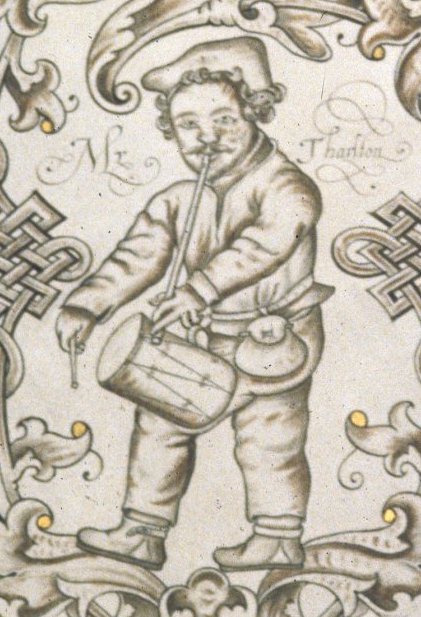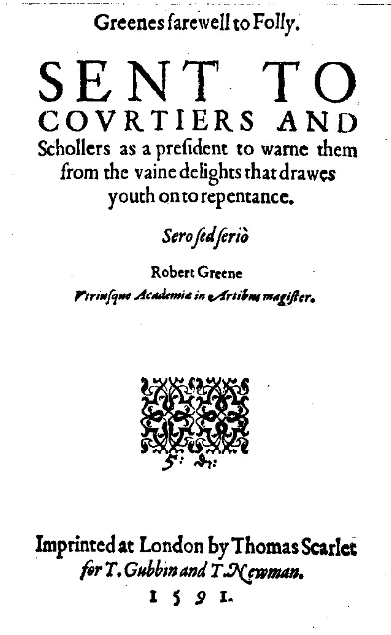|
Cutting Ball
"Cutting" Ball was a notorious criminal during the Elizabethan Age. (His name came from a "cutpurse", a thief.) Thomas Nashe mentions a ballad written about him, which does not survive. His sister, Em, or Emma, was a prostitute, "a sorry ragged quean", who according to various reports was the mistress of the clown Richard Tarlton and later of the writer Robert Greene and cared for both on their death-beds. She is said to have had a son, Fortunatus (d. 1593), by Greene. Greene, who wrote much about the London underworld, once hired Ball as a bodyguard. Ball was hanged at Tyburn Tyburn was a manor (estate) in the county of Middlesex, one of two which were served by the parish of Marylebone. The parish, probably therefore also the manor, was bounded by Roman roads to the west (modern Edgware Road) and south (modern Ox .... The San Francisco experimental Cutting Ball Theatre was named after him. [...More Info...] [...Related Items...] OR: [Wikipedia] [Google] [Baidu] |
Elizabethan Age
The Elizabethan era is the epoch in the Tudor period of the history of England during the reign of Queen Elizabeth I (1558–1603). Historians often depict it as the golden age in English history. The symbol of Britannia (a female personification of Great Britain) was first used in 1572, and often thereafter, to mark the Elizabethan age as a renaissance that inspired national pride through classical ideals, international expansion, and naval triumph over Spain. This "golden age" represented the apogee of the English Renaissance and saw the flowering of poetry, music and literature. The era is most famous for its theatre, as William Shakespeare and many others composed plays that broke free of England's past style of theatre. It was an age of exploration and expansion abroad, while back at home, the Protestant Reformation became more acceptable to the people, most certainly after the Spanish Armada was repelled. It was also the end of the period when England was a separate r ... [...More Info...] [...Related Items...] OR: [Wikipedia] [Google] [Baidu] |
Stephen Greenblatt
Stephen Jay Greenblatt (born November 7, 1943) is an American Shakespearean, literary historian, and author. He has served as the John Cogan University Professor of the Humanities at Harvard University since 2000. Greenblatt is the general editor of ''The Norton Shakespeare'' (2015) and the general editor and a contributor to ''The Norton Anthology of English Literature''. Greenblatt is one of the founders of new historicism, a set of critical practices that he often refers to as "cultural poetics"; his works have been influential since the early 1980s when he introduced the term. Greenblatt has written and edited numerous books and articles relevant to new historicism, the study of culture, Renaissance studies and Shakespeare studies and is considered to be an expert in these fields. He is also co-founder of the literary-cultural journal ''Representations'', which often publishes articles by new historicists. His most popular work is ''Will in the World'', a biography of Shake ... [...More Info...] [...Related Items...] OR: [Wikipedia] [Google] [Baidu] |
Thomas Nashe
Thomas Nashe (baptised November 1567 – c. 1601; also Nash) was an Elizabethan playwright, poet, satirist and a significant pamphleteer. He is known for his novel ''The Unfortunate Traveller'', his pamphlets including ''Pierce Penniless,'' and his numerous defences of the Church of England. Life Nashe was the son of the parson William Nashe and Janeth (née Witchingham). He was born and baptised in Lowestoft, on the coast of Suffolk, where his father, William Nashe, or Nayshe as it is recorded, was curate. Though his mother bore seven children, only two survived childhood: Israel (born in 1565) and Thomas.Nicholl, Charles. ''A Cup of News: The Life of Thomas Nashe''. Routledge & Kegan Paul. 1984. The family moved to West Harling, near Thetford, in 1573 after Nashe's father was awarded the living there at the church of All Saints. Around 1581 Thomas went up to St John's College, Cambridge, as a sizar, gaining his bachelor's degree in 1586. From references in his own polemics ... [...More Info...] [...Related Items...] OR: [Wikipedia] [Google] [Baidu] |
Richard Tarlton
Richard Tarlton (died September 1588), was an English actor of the Elizabethan era. He was the most famous clown of his era, known for his extempore comic doggerel verse, which came to be known as "Tarltons". He helped to turn Elizabethan theatre into a form of mass entertainment paving the way for the Shakespearean stage. After his death many witticisms and pranks were attributed to him and were published as ''Tarlton's Jests''. Tarlton was also an accomplished dancer, musician and fencer. He was also a writer, authoring a number of jigs, pamphlets and at least one full-length play. Family Information on Tarlton's family background is meagre. His father's first name is unknown. His mother's first name was Katherine, but her maiden name is also unknown. A later lawsuit establishes that he had a sister named Helen. His birthplace is also unknown, although more than a century after Tarlton's death Thomas Fuller said that he was born at Condover in Shropshire, where his father was a ... [...More Info...] [...Related Items...] OR: [Wikipedia] [Google] [Baidu] |
Robert Greene (dramatist)
Robert Greene (1558–1592) was an English author popular in his day, and now best known for a posthumous pamphlet attributed to him, '' Greene's Groats-Worth of Witte, bought with a million of Repentance'', widely believed to contain an attack on William Shakespeare. Robert Greene was a popular Elizabethan dramatist and pamphleteer known for his negative critiques of his colleagues. He is said to have been born in Norwich. He attended Cambridge where he received a BA in 1580, and an M.A. in 1583 before moving to London, where he arguably became the first professional author in England. Greene was prolific and published in many genres including romances, plays and autobiography. Family According to the author Brenda Richardson, the "chief problem" in compiling a biography of Robert Greene was his name. ''Robert'' was one of the most popular given names of the era and ''Greene'' was a common surname. L. H. Newcomb suggests that Robert Greene "was probably the Robert Greene, s ... [...More Info...] [...Related Items...] OR: [Wikipedia] [Google] [Baidu] |
Tyburn
Tyburn was a manor (estate) in the county of Middlesex, one of two which were served by the parish of Marylebone. The parish, probably therefore also the manor, was bounded by Roman roads to the west (modern Edgware Road) and south (modern Oxford Street), the junction of these was the site of the famous Tyburn Gallows (known colloquially as the "Tyburn Tree"), now occupied by Marble Arch. For this reason, for many centuries, the name Tyburn was synonymous with capital punishment, it having been the principal place for execution of London criminals and convicted traitors, including many religious martyrs. It was also known as 'God's Tribunal', in the 18th century. Tyburn took its name from the Tyburn Brook, a tributary of the River Westbourne. The name Tyburn, from Teo Bourne, means 'boundary stream',Gover, J. E. B., Allen Mawer and F. M. Stenton ''The Place-Names of Middlesex''. Nottingham: English Place-Name Society, The, 1942: 6. but Tyburn Brook should not be confused wit ... [...More Info...] [...Related Items...] OR: [Wikipedia] [Google] [Baidu] |
16th-century English Criminals
The 16th century begins with the Julian year 1501 ( MDI) and ends with either the Julian or the Gregorian year 1600 ( MDC) (depending on the reckoning used; the Gregorian calendar introduced a lapse of 10 days in October 1582). The 16th century is regarded by historians as the century which saw the rise of Western civilization and the Islamic gunpowder empires. The Renaissance in Italy and Europe saw the emergence of important artists, authors and scientists, and led to the foundation of important subjects which include accounting and political science. Copernicus proposed the heliocentric universe, which was met with strong resistance, and Tycho Brahe refuted the theory of celestial spheres through observational measurement of the 1572 appearance of a Milky Way supernova. These events directly challenged the long-held notion of an immutable universe supported by Ptolemy and Aristotle, and led to major revolutions in astronomy and science. Galileo Galilei became a champion o ... [...More Info...] [...Related Items...] OR: [Wikipedia] [Google] [Baidu] |




